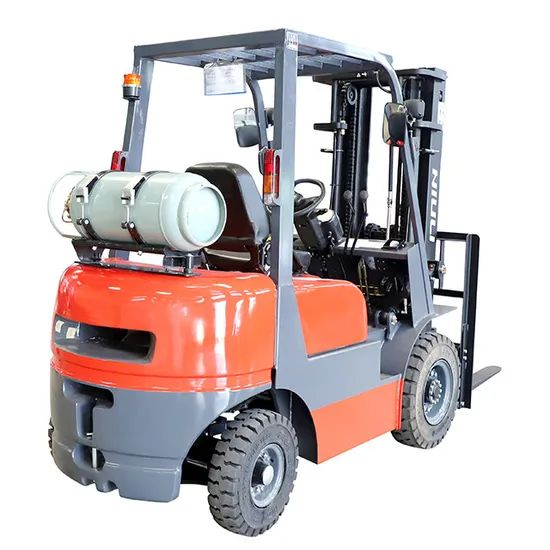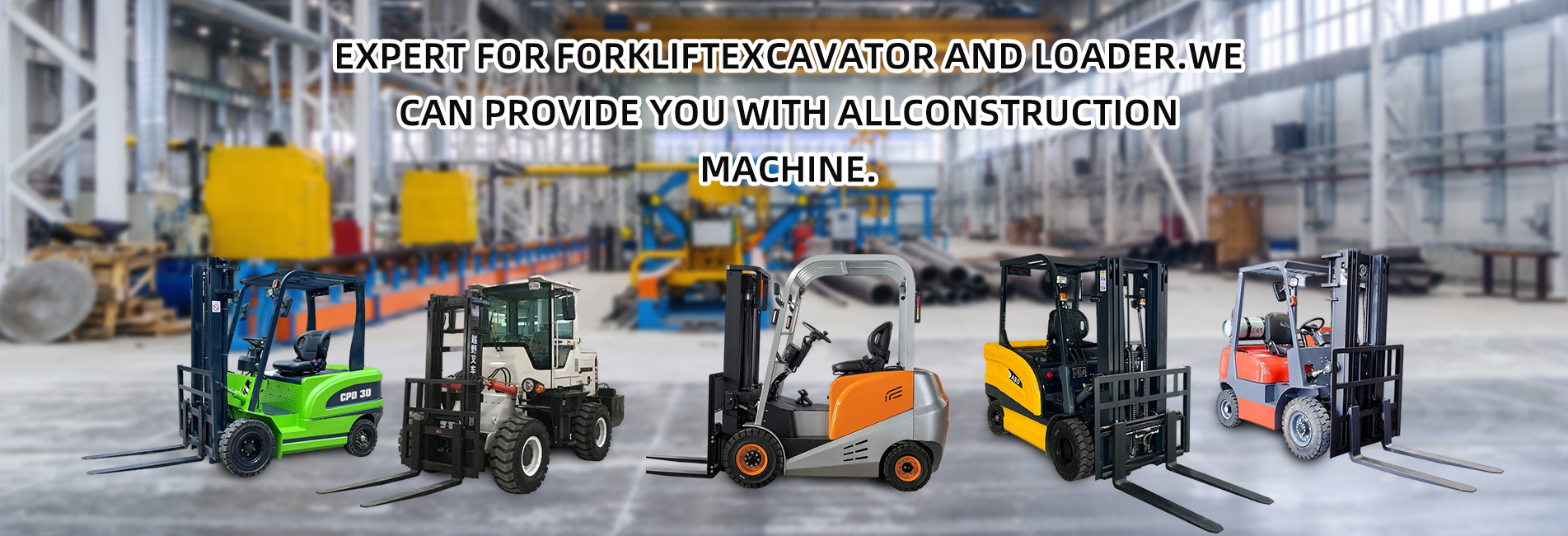When selecting the tonnage of an LPG forklift (liquefied petroleum gas forklift), a comprehensive judgment should be made based on actual operational needs, scenario constraints, and future plans to avoid "excessive tonnage leading to cost waste" or "insufficient tonnage affecting efficiency". The following is a detailed analysis and suggestions:

I. Core Basis: Cargo Weight and Operational Requirements
The core function of a forklift's tonnage is to carry goods. The primary considerations are the maximum weight and average weight of the goods handled daily:
- Basic Principle: The rated tonnage of the forklift must be ≥ the maximum weight of the goods handled daily, with a 10%-20% margin reserved (to avoid affecting the service life due to long-term full-load operation).
- Example: If the maximum weight of the goods is 2 tons, it is recommended to choose a 2.5-ton or 3-ton forklift; if the maximum weight is 3 tons, a 3.5-ton or 4-ton forklift can be selected.
II. Common Tonnages and Applicable Scenarios
LPG forklifts cover a wide range of tonnages, from 1 ton to more than 10 tons. The following are common types and their applicable scenarios:
| Tonnage Range | Applicable Scenarios |
|---|---|
| 1-2 tons | Handling light goods, such as electronic components, small packaged goods, food boxes, etc.; suitable for short-distance transportation in narrow warehouses and workshops. |
| 2-3.5 tons | The most versatile tonnage, suitable for small and medium-sized goods (such as cartons, wooden boxes, palletized goods), widely used in warehousing, logistics, and manufacturing workshops. |
| 4-5 tons | Medium and heavy goods, such as metal products, large mechanical parts, heavy packaging; suitable for the transportation of factory raw materials/finished products and loading/unloading at freight stations. |
| 6-10 tons and above | Heavy goods, such as steel, large equipment, containers; suitable for heavy loading and unloading in ports, heavy industry factories, and large logistics hubs. |
III. Other Influencing Factors
- Operational Space:
- For narrow passages (e.g., width < 3 meters), it is recommended to choose small-tonnage forklifts (1-3 tons) as they are more flexible;
- For open spaces (e.g., factory areas, freight stations), large-tonnage forklifts can be selected according to the weight of the goods.
- Forklift Purpose:
- For flat transportation only: The tonnage only needs to meet the weight of the goods;
- For frequent stacking (lifting operations): In addition to weight, the lifting height and stability of the forklift should be considered. Large-tonnage forklifts are more stable when stacking heavy goods.
- Operating Costs:
- The purchase cost, fuel consumption (LPG consumption), and maintenance cost of large-tonnage forklifts are all higher than those of small-tonnage ones. If daily goods are mainly light, there is no need to blindly choose large-tonnage forklifts.
- Future Needs:
- If there are plans to expand the business or increase the handling of heavy goods, the tonnage can be selected appropriately in advance (e.g., the current maximum is 2 tons, and it may reach 3 tons in the future, so a 3-ton forklift can be chosen).
IV. Summary of Suggestions
- First, clarify the maximum daily weight of the goods, and based on this, reserve a 10%-20% margin;
- select the matching tonnage according to the operational space and purpose. For general scenarios, 2-3.5 tons are preferred, and for heavy-duty needs, 4 tons and above are chosen;
- Avoid "a small horse pulling a large cart" (insufficient tonnage) or "a large horse pulling a small cart" (cost waste), and balance practicality and economy.


